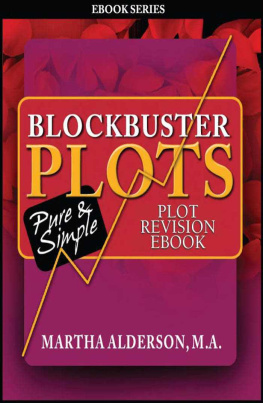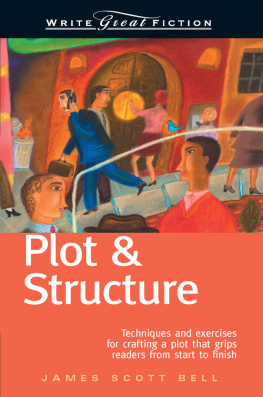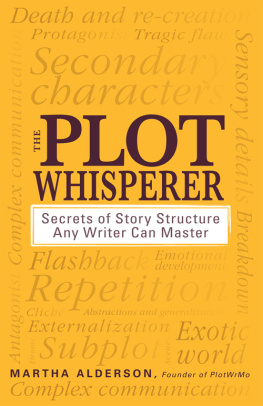Praise for Emotional Structure
What Peter Dunnes Emotional Structure achieves is precisely what so many other scriptwriting manuals-not to mention scripts-fail to do: a synthesis of the emotional and the intellectual, the practical and the creative, leading, most importantly, to that perfect synthesis of what you want to say and what others want to see.
Paula Quigley, head of the Masters and Doctoral Programs in Film Studies at Trinity College Dublin, Ireland
Peter Dunnes Emotional Structure is a must read. He not only delivers clear explanations of the key elements of the craft of screenwriting but he uses the same gentle care that supports the title of the book to teach writers how story is the emotional needs of characters.
Steve Duncan, co-creator of Tour of Duty ; screenwriter and producer of A Man Called Hawk and The Court-Martial of Jackie Robinson
Its as if Peter Dunne is writing this book by flashlight, at your elbow on a very dark night, whispering a steady stream of the most necessary, seldom-mentioned cautions, directions, encouragements, as he accompanies you through that dangerous tanglewood he knows so well, the writing of a screenplay. Your heart grows quiet as you go along together, dark shadows begin to assume familiar shapes and you know you can do what he asks.
Stewart Stern, Rebel Without A Cause, The Ugly American, Rachel, Rachel, Summer Wishes, Winter Dreams, and Sybil
All too often you see The last book you will ever need to read on writing. Peter Dunnes book is the first book all aspiring writers should read. I will use this information for the rest of my career as a professor and as a director.
Chip Chalmers, Directors Guild of Americas Filmmaker in Residence for the College of Motion Picture, Television, and Recording Arts, Florida State University
For all of us who have doubts that we can really write well, Peter Dunne provides a smart, very readable, hands-on guidebook to success. He offers a wealth of Practical Wisdom. Every writer-whether novice or seasoned pro-can gain truly important insights from Mr. Dunne.
Kenneth Johnson, Emmy Award winning director/writer/producer, The Bionic Woman, The Incredible Hulk, The Original Mini-Series V, Alien Nation, Short Circuit 2, and Steel
Emotional Structure

Copyright 2007 by Peter Dunne. All Rights Reserved. No part of this book may be reproduced in any form or by any electronic or mechanical means including information storage and retrieval systems without permission in writing from the pub Usher, except by a reviewer, who may quote brief passages in a review.
Published by Quill Driver Books
an imprint of Linden Publishing
2006 S.Mary, Fresno, CA 93721
559-233-6633 1-800-345-4447-E4X 559-233-6933
QuillDriverBooks.com
Quill Driver Books and Colophon are trademarks of Linden Publishing, Inc.
Quill Driver Books project cadre:
Doris Hall, Kenneth Lee, Linda Kay Hardie, Stephen Blake Mettee
ISBN: 1-884956-53-X 978-1884956-53-9
Third printing August 2009
Printed in the United States of America
To order another copy of this book, please call 1-800-345-4447
Illustrations by Peter Dunne
For my children Patrick, Michael, and Alexandra, and for Ben Masselink, the gentlest writer there ever was.
Library of Congress Cataloging-in-Publication Data
Dunne, Peter, 1943
Emotional structure: creating the story beneath the plot : a guide for screenwriters / by Peter Dunne p. cm.
ISBN 1-884956-53-X
1. Motion picture authorship. I. Title.
PN1996.D847 2006
808.2--dc22
2006020052
Contents
Part 1
What Writers Write About and Why
Part 2
Structure: Not Necessarily a Necessary Evil
Part 3
Emotional Structure: The Internal Landscape
Part 4
Building Blocks: Step-by-Step Construction
Part 5
Writing the Script
Part 1
What Writers Write About and Why
The Writers Rulebuuk

Rule No. 1Write
Rule No. 2See Rule No. 1
W riters must make choices. The first choice you will have to make as a writer is to choose to be a writer. This means you will choose to write. Every day for the rest of your life. Because you can only be a writer on the days you write. On the other days, the days you decide not to write, you will be something else. However, there is a caveat. On the days you decide to be a writer and you write, even if its for only an hour, you get to be a writer for the other twenty-three hours, too. Pretty good, huh?
You can see, then, that its possible to be a writer no matter what your day job is. Notice, too, theres nothing in the writers rulebook that says you have to write about certain things. You just have to write. Anything. And it doesnt say anywhere in the rulebook that you have to sell what you write. You just have to write. Whatever you want to write. Especially write whats important to you. Write whats on your mind. It wouldnt be important to you if it werent on your mind. When you have so much on your mind you dont know where to begin, begin with that, that theres too much on your damn mind. By the time you get that off your chest, there wont be so much on your mind. And youll know what to write next.
Sometimes this can seem like an impossible undertaking. Sometimes we fail. For which we are forgiven. Sometimes we dont try. For which forgiveness comes harder.
Because trying is the key.
And trying is hard work. Turn whats inside of you into entertainment for a mass audience, and youll see what I mean. It can be torturous. It is not the same as baking a cake. People will eat cake even if its not good cake. People will laugh at stupid jokes. And even more will bob and weave to idiotic songs. But the people sitting in a theater watching your movie are far less gregarious. And far less generous. They came for what they thought the movie should be. They are unforgiving, self-appointed critics more concerned with their dates, and their popcorn, and their parking meters and babysitters. So naturally, a lot of writers dont want to open themselves up to people who dont give a crap. Some writers, scared and bitter about this reality, actually write the crap they think those people deserve. But creating crap is a dumb way to go through life. And creating crap on purpose is not officially writing.
You must never give in to the fear of others responses to your writing. If you do, you will be trying to write what you think someone else will like. And that is not officially writing, either. Writing to please someone else will destroy the true writer in you. Writing whats important to you will make you an important writer.
It takes time to develop as a writer. A lifetime. And yet time is the one thing we are guilty of not giving it. I would imagine that a great majority of all people, not just writers and artists, are guilty of the same thing. And the sad truth is that more people than not wind up immobile in a rest home angry with themselves and the world for not having done the things they most wanted to do in their lives. Who is to blame? Are we lazy? Are we stupid? I dont think so.

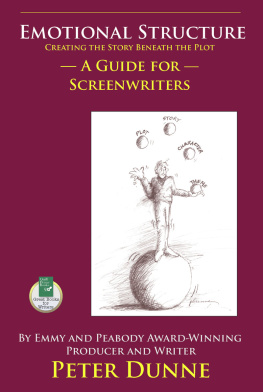

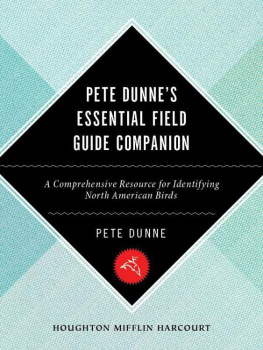

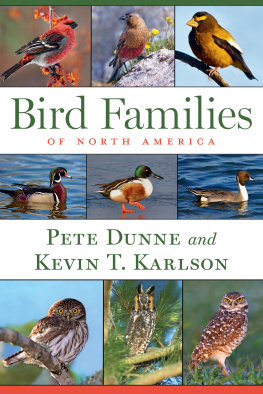
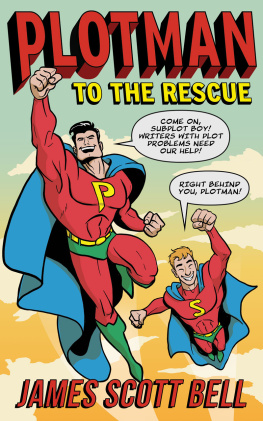

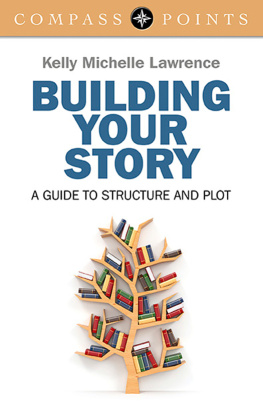

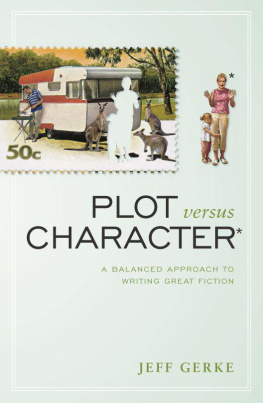
![Watt - The 90-day screenplay : [from concept to polish]](/uploads/posts/book/103527/thumbs/watt-the-90-day-screenplay-from-concept-to.jpg)
